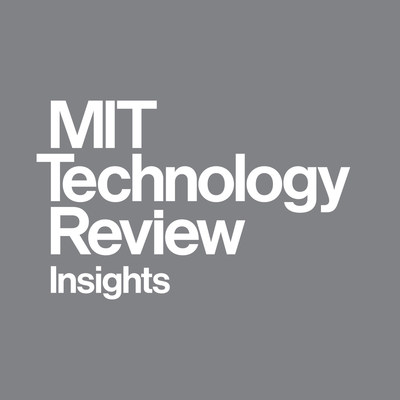CAMBRIDGE, Mass., Sept. 3, 2025 /CNW/ — A new report by MIT Technology Review Insights reveals how brands can deliver enhanced customer experience, balancing AI with the human touch.
The new report, “The connected customer,” is an MIT Technology Review Insights report sponsored by NiCE. This report draws on in-depth interviews with senior executives and experts from Metrigy Research and NiCE, conducted in the first half of 2025. It seeks to understand how organizations are deploying AI in their customer services capabilities to improve customer satisfaction and increase efficiency.
“The future of customer experience isn’t humans versus machines, it’s humans powered by machines,” said Barry Cooper, president, CX division, NiCE. “When AI and automation work hand-in-hand with the workforce, every interaction becomes smarter, faster, and more personalized. This is about amplifying human potential, not replacing it, empowering employees with the tools to anticipate needs, resolve issues instantly, and create experiences that feel effortless for the customer.”
The key findings from the report include:
AI is transforming customer experience (CX). Customer service has evolved from the era of voice-based support through digital commerce and cloud to today’s AI revolution. Powered by large language models (LLMs) and a growing pool of data, AI can handle more diverse customer queries, produce highly personalized communication at scale, and help staff and senior management with decision support.
Legacy infrastructure and data fragmentation are hindering organizations from maximizing the value of AI. While customer service and IT departments are early adopters of AI, the broader organizations across industries are often riddled with outdated infrastructure. This impinges the ability of autonomous AI tools to move freely across workflows and data repositories to deliver goal-based tasks. Creating a unified platform and orchestration architecture are key to unlock AI’s potential.
High-performing organizations use AI without losing the human touch. Organizations should not underestimate the unique value their workforce offers. Sophisticated adopters strike the right balance between human and machine capabilities. The most effective organizations treat AI as a collaborative tool that enhances rather than replaces human connection and expertise.
“77% of agents are handling complex issues all or most of the time, which causes burnout. Companies are using AI to determine when an employee needs support. AI can determine when they need a break, which links to lower turnover rates,” said Robin Gareiss, CEO and principal analyst, Metrigy.
Story Continues

